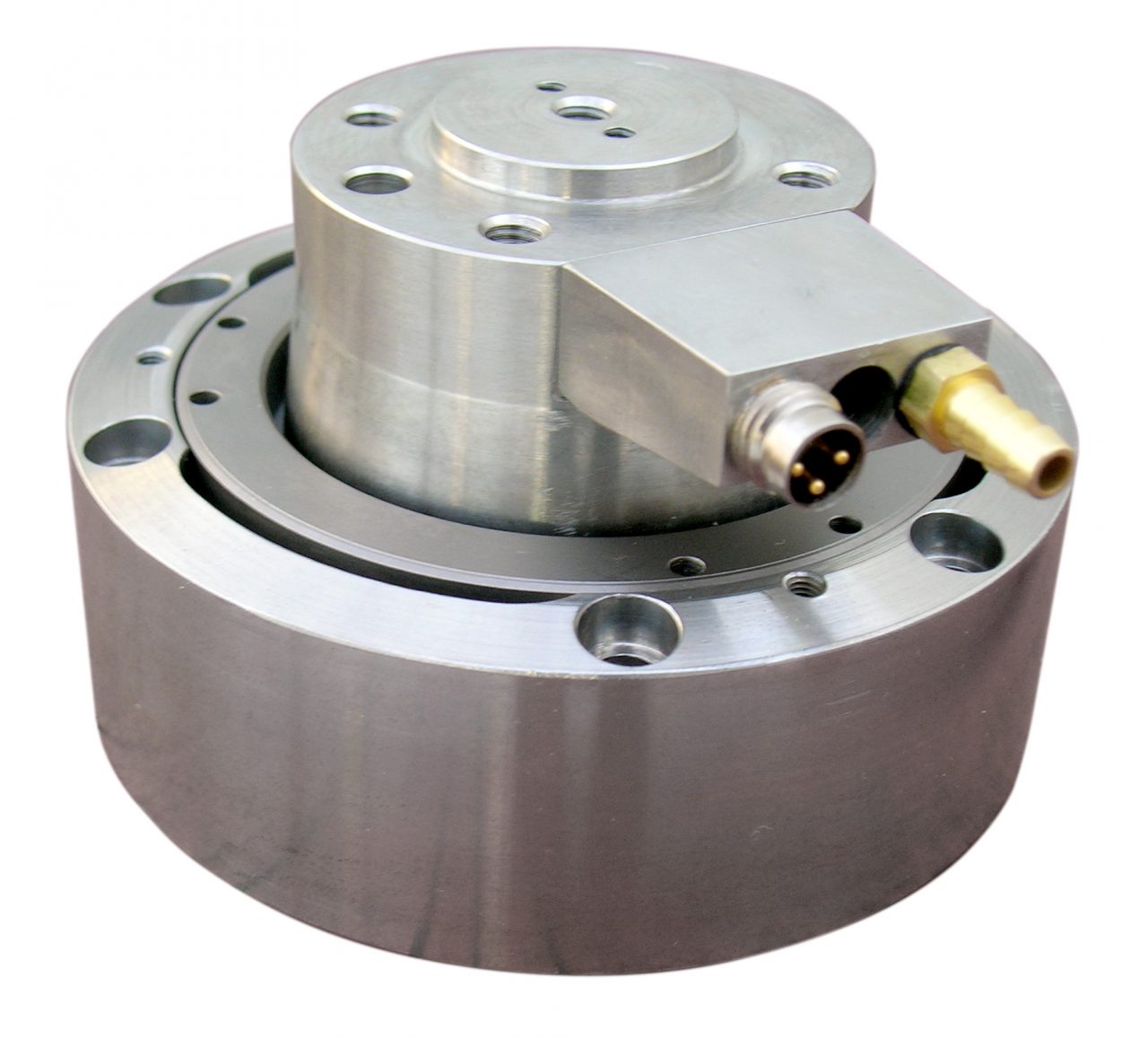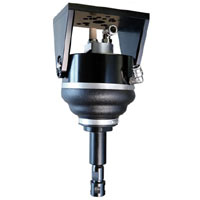Manufacturing environments often require robust and dependable robotic end-of-arm tooling in order to prevent damage and downtime from failed equipment as a result of dust and debris. This is especially true in manufacturing environments that generate a lot of dirt or even those where corrosive materials are handled.
When you have a challenging manufacturing environment, it’s essential to have durable and efficient robotic tooling for your processes. That’s why RAD robotic collision sensors are designed to work in harsh manufacturing environments, providing reliable performance and durability, preventing downtime, and increasing productivity.
Durable and Fully Sealed Sensors
A failed collision sensor can quickly disrupt your operations. Since collision sensors are designed to protect robotic tooling by sensing a collision and stopping the robot to reduce the impact, a broken sensor can quickly lead to costly damage and downtime.
RAD’s collision sensors are fully sealed, so dust and dirt cannot get inside the equipment. Since they are fully sealed, they can even be compatible with hygienic manufacturing environments, such as food manufacturing settings.
Our pneumatic high-angle and stainless steel collision sensors have bodies made with anodized aluminum and internal contact surfaces made of hardened tool steel, making them corrosion-resistant for even the most challenging manufacturing situations.
Viton Seals and Debris Shield Options
Our pneumatic collision sensors come with different options to ensure the sensor will work efficiently and provide maximum performance and longevity for your particular applications.
You have the option for debris shields, which are necessary for machining manufacturing environments or settings where the sensors have the potential to be damaged by paint, shards, or other debris. The debris shield keeps the sensor protected, so it has a longer lifespan and minimal risk of damage.
RAD also allows the option for Viton seals on certain collision sensors, which are ideal for harsh manufacturing environments of up to 400 degrees and are resistant to corrosive substances and extreme pressure.
Warrantied Products and Quick Repairs
All of RAD’s products, including our collision sensors, come with a standard 12-month warranty against manufacturing defects. We also repair our own products and provide a quick evaluation and turnaround time for repairs, as well as fast shipping for orders.
Before ordering your collision sensor, we invite you to contact us so that we can ensure you choose the sensor that will work best for your specific manufacturing environment. Whether you need a robust option for a harsh environment or a spring-loaded sensor, we can help you make the right choice.
Find Your Ideal Robotic Collision Sensor Today
In an unforgiving manufacturing environment, you need collision sensors that can withstand dust, dirt, and debris to protect your robotic tooling and keep your operations steady. Find the right collision sensor for your particular needs by contacting RAD today. Our collision sensors are designed to withstand challenging conditions for reliable performance and longevity.




 The size and shape of the items you need your EOAT to manipulate and transport is a huge factor in your decision-making process. Parts of different shapes, sizes, and fragility have different considerations when it comes to your robotic tooling.
The size and shape of the items you need your EOAT to manipulate and transport is a huge factor in your decision-making process. Parts of different shapes, sizes, and fragility have different considerations when it comes to your robotic tooling. Designed to carry larger objects than 2-jaw grippers,
Designed to carry larger objects than 2-jaw grippers,  Collet grippers
Collet grippers